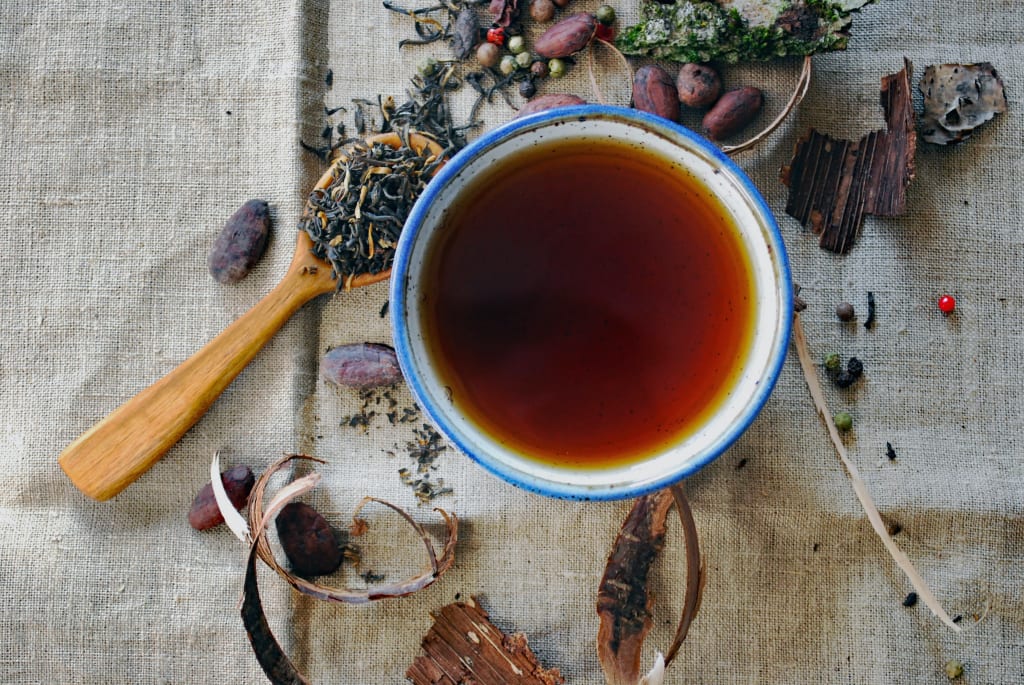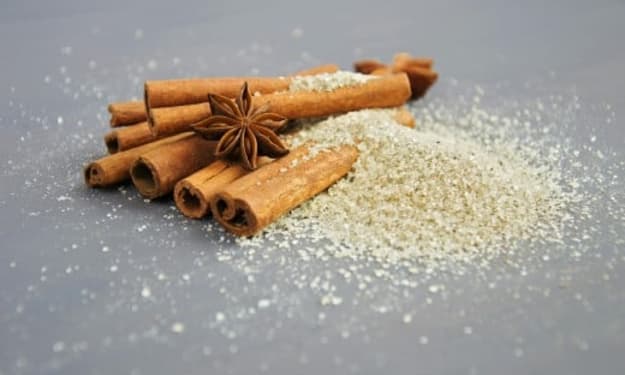The Tradition of Kahwa: A Story of Culture, Love, and Sharing
Passing Down a Secret Recipe from Generation to Generation, and Sharing the Aroma and Flavors of Kashmiri Culture with the World

Once upon a time, in the enchanting valley of Kashmir, a young girl named Meera woke up to the sound of birds chirping and the sweet aroma of Kahwa, a traditional Kashmiri tea that was a symbol of her family's cultural identity.
Meera's family had been preparing Kahwa for generations, and it was a closely guarded secret recipe that had been passed down from mother to daughter. Meera's mother had taught her how to prepare the tea with care and love, using only the finest ingredients.
Kahwa was a blend of green tea leaves, saffron, cardamom, cinnamon, almonds, and other spices. The tea was brewed in a samovar, a traditional Kashmiri tea pot that kept the tea warm for hours.
Meera loved nothing more than the process of preparing Kahwa. She would carefully measure out the ingredients, crush the cardamom pods, and toast the almonds to perfection. She would then pour the boiling water over the mixture and let it steep for several minutes, watching as the rich golden color developed.
Meera's family would gather around the samovar, eagerly waiting for the tea to be ready. They would chat and share stories as they sipped the warm, fragrant Kahwa, enjoying the rich blend of flavors and spices.
Kahwa was more than just a beverage for Meera and her family. It was a symbol of their cultural identity and a tradition that had been passed down through generations. Meera's grandmother used to tell her stories about how Kahwa had been an essential part of the Kashmiri culture for centuries.
The story of Kahwa was a fascinating one. It was said that the tea had been introduced to Kashmir by the Mughal Emperor Jahangir, who had fallen in love with the valley's beauty and charm. He had brought with him the finest green tea leaves and spices from Persia, and the Kashmiris had added their own unique twist to the recipe.
Over time, Kahwa had become an essential part of the Kashmiri culture. It was served at weddings, festivals, and other special occasions. It was a symbol of hospitality and warmth, and a way to welcome guests into the home.
One day, Meera's family received guests from a distant land. The guests were curious about the traditional tea that Meera had prepared for them. They took a sip of the aromatic Kahwa and were amazed by its taste and flavor.
Meera's mother explained to the guests how Kahwa was a symbol of the Kashmiri culture and how it was prepared with care and love. The guests were fascinated by the story and the tradition of Kahwa, and they wanted to learn more.
Meera's family decided to share their recipe for Kahwa with the guests, and they were delighted to learn about the unique blend of flavors that went into the tea. They were also amazed by the health benefits of Kahwa, which included improving digestion, boosting the immune system, and reducing stress.
From that day on, Kahwa became famous beyond the borders of Kashmir. People from all over the world started to explore the unique flavor and the cultural significance of Kahwa. Meera was proud to be a part of a tradition that had become a symbol of Kashmiri culture, and she continued to prepare Kahwa with love and care every morning.
As the years went by, Meera grew up and had children of her own. She passed down the recipe for Kahwa to her children, just as her mother and grandmother had done for her. Kahwa remained an essential part of their family tradition, a reminder of their cultural heritage and the love and care that went into every cup.
Today, Kahwa is enjoyed by people all over the world, and it has become a symbol of Kashmiri culture
About the Creator
Nikki Clam
Bringing unexplored elements to the light!
Reader insights
Nice work
Very well written. Keep up the good work!
Top insight
Heartfelt and relatable
The story invoked strong personal emotions






Comments
There are no comments for this story
Be the first to respond and start the conversation.